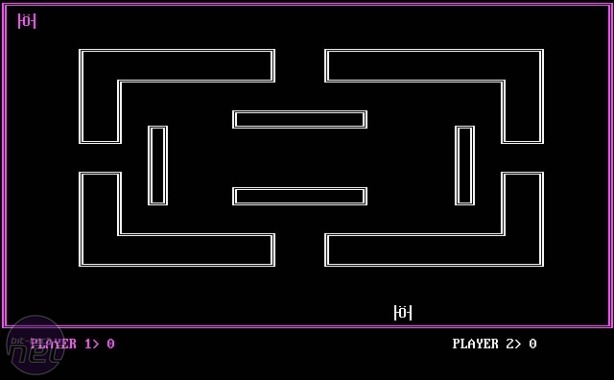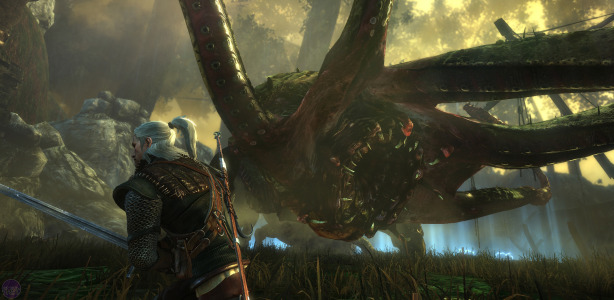PC Gaming
It’s clear that the PC has had a major impact on computing at businesses, but there’s no doubt that it’s also transformed the concept of a home computer. Family computers are no longer underpowered 8-bit boxes, but full-on PCs. We point out to Muldoon that the PC is now considered the cutting-edge gaming machine, and PC gaming is a huge industry. Would he or anyone at IBM ever have envisaged this happening?‘No, not in a million years,’ he says frankly. ‘The games were crude and rubbish. We had 101 monochrome, which actually didn’t have graphics, it was all character-based. If you look at the character set, there are lots of graphics, so you can do boxes and all that
kind of stuff.'
'Then we had Flight Simulator, which was appallingly bad. It used to run at something like 320 x 200 with four colours, and it was slow. Then we had adventure games, and because of the technology we were using at the time, a colour graphics adaptor (CGA) usually had 16KB of memory on it – you can’t get much into 16KB, no matter how clever you are with your graphics.’
You could get games for the PC, but the limits of CGA meant that they looked primitive – even the ZX Spectrum could display more colours in its graphics mode. After CGA came EGA in 1984, offering 16 colours at a resolution of 640 x 350. However, the cost of an EGA card, as well as a brand-new monitor, ran into thousands of pounds.
‘It was for genuine enthusiasts,’ recalls Muldoon, ‘so it was too expensive to use for gaming. PCs were always just a little too expensive for gaming until VGA.’ VGA stands for video graphic array, and it enabled a resolution of 640 x 480, as well as up to 256 colours, depending on the spec of the card. However, many 8-bit VGA cards enabled the extra resolution but could only display 16 colours.
It was only when VGA became a standard, inexpensive inclusion on every PC that it could finally match home computers such as the Commodore Amiga and Atari ST in terms of gaming capabilities. This isn’t to say that there weren’t gamers using PCs in their own homes though.
By 1987, machines such as Amstrad’s £399 PC1512 started to become popular as family computers that could also be used for work. These machines were primitive – often featuring an 8MHz 8086, 512KB of RAM and CGA graphics. However, they could also run adventure games, as well as a number of arcade titles – you just had to be prepared to tolerate a terrible colour palette.

MSI MPG Velox 100R Chassis Review
October 14 2021 | 15:04











Want to comment? Please log in.